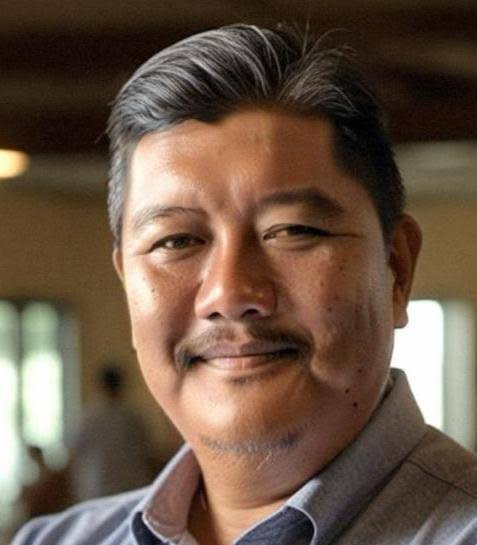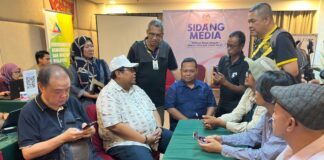From Sulu to Sabah: Indigenous Sovereignty in the Shadows of Empire
By Remy Majangkim
Introduction
KOTA KINABALU: The Palawan–Sabah question is often framed as a geopolitical dispute between two nations, but beneath the surface lies a deeper, older story—one of indigenous sovereignty, maritime memory, and cultural continuity.
For the Tausug, Sama-Bajau, and other seafaring peoples of the Sulu Sea, the waters between Palawan and Sabah are not contested territory. They are ancestral highways, sacred spaces, and homes.
As states debate ownership, these communities live the consequences of being forgotten.
Historical Roots
Long before colonial powers carved up Southeast Asia, the Brunei Sultanate, and later the Sulu Sultanate, ruled a vast maritime domain that included parts of present-day Palawan and North Borneo.
The 1877 and 1878 lease agreement between the Sultanate and Overbeck and later the British North Borneo Company—inherited by Malaysia—remains the legal cornerstone of the Philippines’ claim to Sabah.
Yet this legal narrative often overlooks the indigenous systems of governance and kinship that predate European treaties.
The Spanish, British, and American empires disrupted these indigenous networks, imposing borders that fractured communities and redefined sovereignty in terms alien to the people who had long lived across these waters. The legacy of these colonial arrangements continues to shape the region’s political landscape.
Modern Displacement
Today, the descendants of those early maritime communities face a different kind of struggle.
In Sabah, thousands of Sama-Bajau live without legal status, denied access to education, healthcare, and employment.
Many were born in Malaysia but lack documentation, leaving them vulnerable to arrest and deportation.
In Palawan, similar communities face marginalisation, often excluded from national conversations about sovereignty and development.
Territorial disputes like the Palawan–Sabah claim rarely centre these voices. Instead, they become collateral damage in a geopolitical tug-of-war.
The irony is stark: while states argue over ownership, the original stewards of the sea are rendered invisible.
Legal and Political Blind Spots
Legal frameworks surrounding the Sabah claim—from the 1877 and 1878 lease to the ICJ’s Ligitan and Sipadan ruling—focus on state actors and colonial documents. They rarely account for the indigenous peoples whose lives and histories span both sides of the sea.
ASEAN, despite its emphasis on regional harmony, has no mechanism to address ancestral claims or cultural continuity that defies national borders.
Even within national governments, indigenous voices are sidelined.
In Manila, the Sabah claim is often wielded as a political tool. In Putrajaya, concerns about illegal immigration overshadow the historical presence of Tausug and Bajau communities. The legal discourse is rich in precedent but poor in empathy.
Cultural Continuity and Resistance
Borders may divide nations, but they cannot erase memory. In coastal villages of Palawan, elders still recount tales of voyages to Borneo, of kinship ties with families in Sabah, and of a time when the sea was not a frontier but a home. In Sabah, Sama-Bajau communities preserve their traditions through music, boat-making, and sea-based spirituality. These cultural practices are acts of resistance—quiet but powerful assertions of identity in a world that often render them invisible.
Even as governments debate sovereignty, these communities live it every day.
Their resilience is a reminder that sovereignty is not just about flags and treaties—it’s about belonging, memory, and the right to exist with dignity.
Conclusion
The Palawan–Sabah question is more than a geopolitical puzzle—it is a mirror reflecting the unfinished business of colonialism, the fragility of modern borders, and the resilience of indigenous identity.
While governments debate sovereignty in courtrooms and parliaments, the people who have lived across these waters for generations continue to navigate a reality shaped by exclusion and erasure.
To move forward, we must expand our understanding of sovereignty. It is not merely a matter of legal documents or political declarations—it is about who gets to belong, who gets to speak, and who gets to stay.
The voices of the Tausug, Sama-Bajau, and other indigenous communities must no longer be an afterthought. They are not relics of the past; they are the living heart of this contested sea.
As we chart the future of Palawan and Sabah, perhaps the question is not who owns the land but who remembers it, who lives it, and who is willing to share it.


